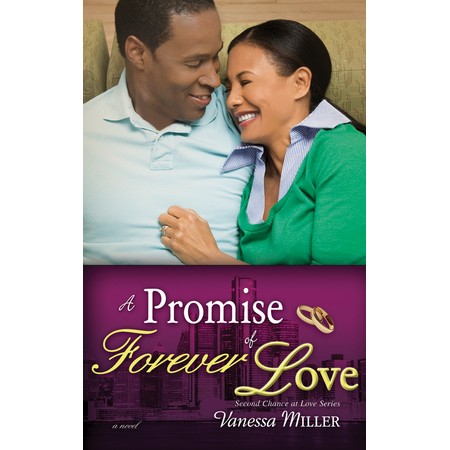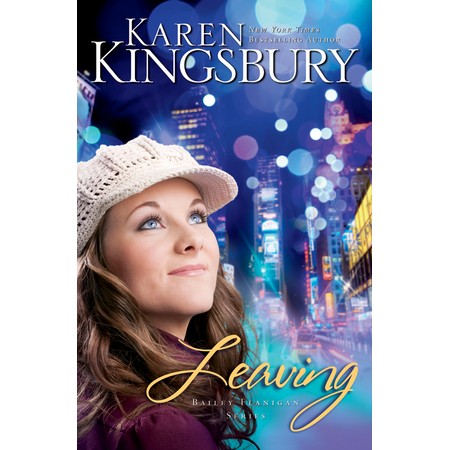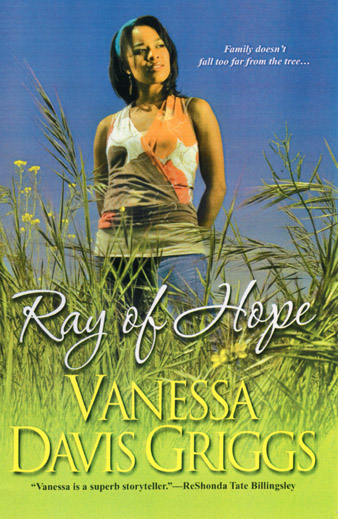While the latest work of the Big Three has turned toward satirical political allegory—see for example Achebe's Anthills of the Savannah (1987), Soyinka's King Baabu (2002), and Ngugi's Wizard of the Crow (2006)—Adichie has opted instead to employ a sprawling Dickensian narrative to depict the all-too-common post-independence African cycle of cynicism, coups, and corruption. Her epic exploration of the themes of authentic identity, love, and sacrifice employs realism rather than the strategies more commonly found in African fiction today: self-conscious metafiction, broad allegory, or magic realism.
...[Half of a Yellow Sun]The novel's complex structure and psychological realism are supported by an elegant prose sparingly spiced with metaphors and sensual detail. Adichie captures the sights, smells, and texture of Nigerian life, with vivid accounts of intricately embroidered agbadas, pepper soup, chicken boiled in bitter herbs, armpit powder, and the melodious sounds of High Life, the popular Nigerian dance music of the Sixties that was one of first contemporary fusions of African and Western music.
Question: As we celebrate the life of MLK, Jr. here in America this month, how would we Christian authors depict and build a compelling story about the Civil Rights movement?
If you would like to stay informed about this subject, please subscribe to Christian Fiction via email.
Related articles:
Dee's Reviewed: Purple Hibiscus
God's Self Portrait
2007 Hurston/Wright Awards Announced
Dee's Seven Meme




















0 comments:
Post a Comment